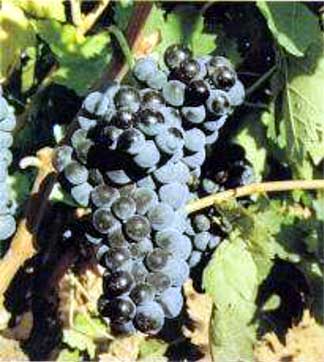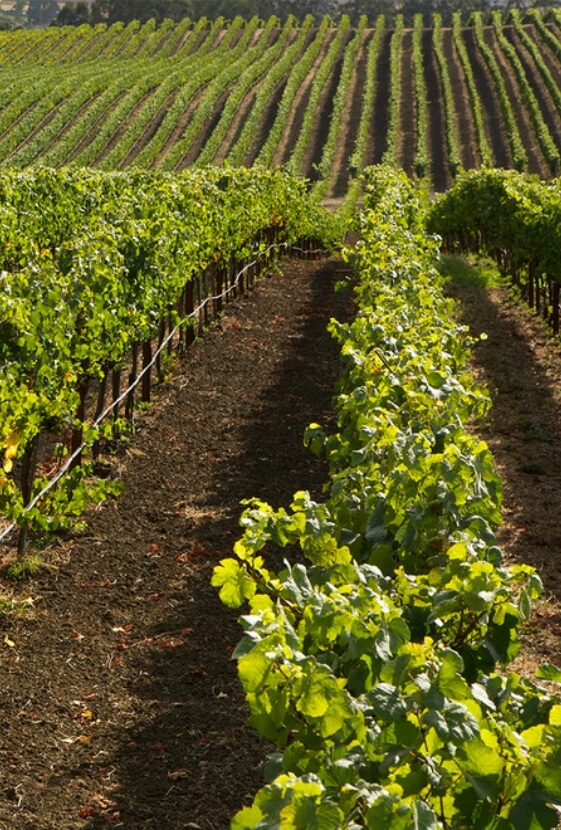
Grape Glossary
In Spain, Tempranillo is the foundation of the great red wines of Rioja and Ribera del Duero. It is blended with Garnacha, Mazuelo and Graciano. As Spain’s fourth most planted vine, it contributes to the wines of nearly every producing region. In Portugal’s Alentejo, it yields dry wines, and in the Douro Valley it is one of the six main varieties for the production of Port. Tempranillo can produce wines of exceptionally dark color and full body that are lush and seductive rather than complex. Lighter versions are fruity and soft.
Tempranillo buds late and needs only a short growing season characterized by sharp swings in temperature between hot days and cool nights to preserve acidity. A vigorous, moderately productive vine, Tempranillo is best suited to chalky or sandy clay slopes that are not too arid. The thick skinned berries are high in color and extract, but low in acidity and moderate in aroma, sugar, tannin and potential alcohol. This can be compensated for by careful selection of microclimate and by blending with other varieties.
Tempranillo most likely originated in northern Spain and spread through Iberia from the Rioja and Navarra regions, reaching the Douro Valley and Alentejo in Portugal in the 1700s. The vine takes its name from temprana – meaning early – a reference to its trait of ripening quickly. One of the confusing things about Tempranillo is that it is known by a different local name almost everywhere it is grown. Plantings are mainly in Spain, but the vine is also important in Portugal, where it is known as Tinta Roriz or Aragonez. It is also grown in Argentina, Australia, South Africa and Mexico.

